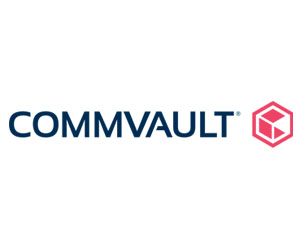“You need tools that make data visible to your workforce and make it comfortable to interface with data the way they would in virtual meetings,” he says. “It’s not enough to just share data. You’ve got to be able to derive value from the data you’re trying to get.”
To understand that value in context, organizations need to understand how to attain visibility of data, learn how to make it accessible and make it understandable to the broader workforce.
Breakiron says that data literacy is more than understanding where the value is in the data and the way the data works; data access and data security also are fundamental to creating data literacy.
“People have to understand interconnectivity, for example, how one data piece goes through an entire organization,” he explains. “Data that starts in one part of an organization doesn’t just move in a serial fashion. It goes in parallels, and those critical flows are what has to be analyzed to ensure all the various systems are working holistically."
Breakiron adds that a critical element to boosting data literacy is offering a user-friendly user experience and user interface. These intuitive dashboards help guide individuals learn processes to navigate potentially overwhelming volumes of data. Simple user interfaces are a way to quickly and easily understand how data fits into broader contexts.
“When I talk to people about any type of data project, I always start out with the user interface because it drives the success of so many things,” he says. “The user interface has to be easy, but also comprehensive. The phrase we use in Commvault is 'powerful simplicity.’”
READ MORE: Here are key questions to ask about data center automation.
Data Literacy Strategy Starts at the Top
From Breakiron’s perspective, the person ultimately accountable for the data literacy strategy of any organization is the CEO.
“The CEO is going to ensure C-suite business unit leaders and mid-level managers provide context to the data in their organization. And now, CEOs will rely heavily on the newly created position, across industry and the federal government, of the chief data officer,” he adds. “The CDO will be the primary person the CEO is going to rely on to synchronize data literacy efforts.”
However, Breakiron notes, the best CEOs will include everyone in the organization at the table instead of simply delegating data literacy to the CDO and moving on to the next issue.












